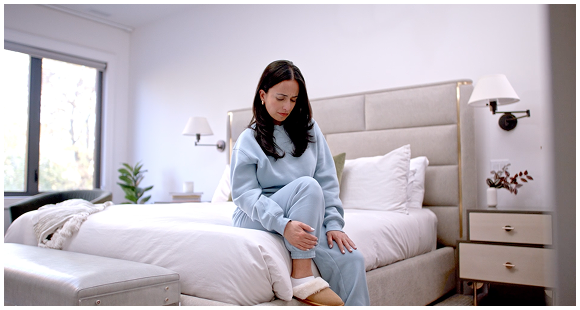Adults with XLH may experience symptoms in childhood and new symptoms later in life
These include complications such as increased risk of pseudofractures, osteoarthritis, the hardening of ligaments or tendons, as well as a variety of other musculoskeletal symptoms, including pain and stiffness that can decrease mobility and impact daily function.
Symptoms of XLH in adults
Symptoms in adults may include:

Osteomalacia
(Weakening of mature bones)

Short
stature

Bone and
joint pain

Bowed legs and
knock knees

Irregularities in
walking/balance
(gait abnormalities)

Muscle pain
and weakness

Dental
abscesses

Tooth loss

Irregularities in the
shape of the head
(craniosynostosis)

Headaches
often due to structural defects in the back of the skull (Chiari
malformations)

Hardening of
ligaments or tendons
(enthesopathy)

Narrowing of spaces
in the spinal column
(spinal stenosis)

Osteoarthritis

Fractures and
pseudofractures
(areas of bone weakened by a lack of certain minerals)

Hearing loss

Diminished
quality of life
“I tried to ignore my XLH, but I realize now
that I need to own my symptoms. If I can’t
admit that I have XLH, how am I supposed
to advocate for myself?” Ashley, living with XLH

Watch a patient
and parent share her XLH story

 Français
Français